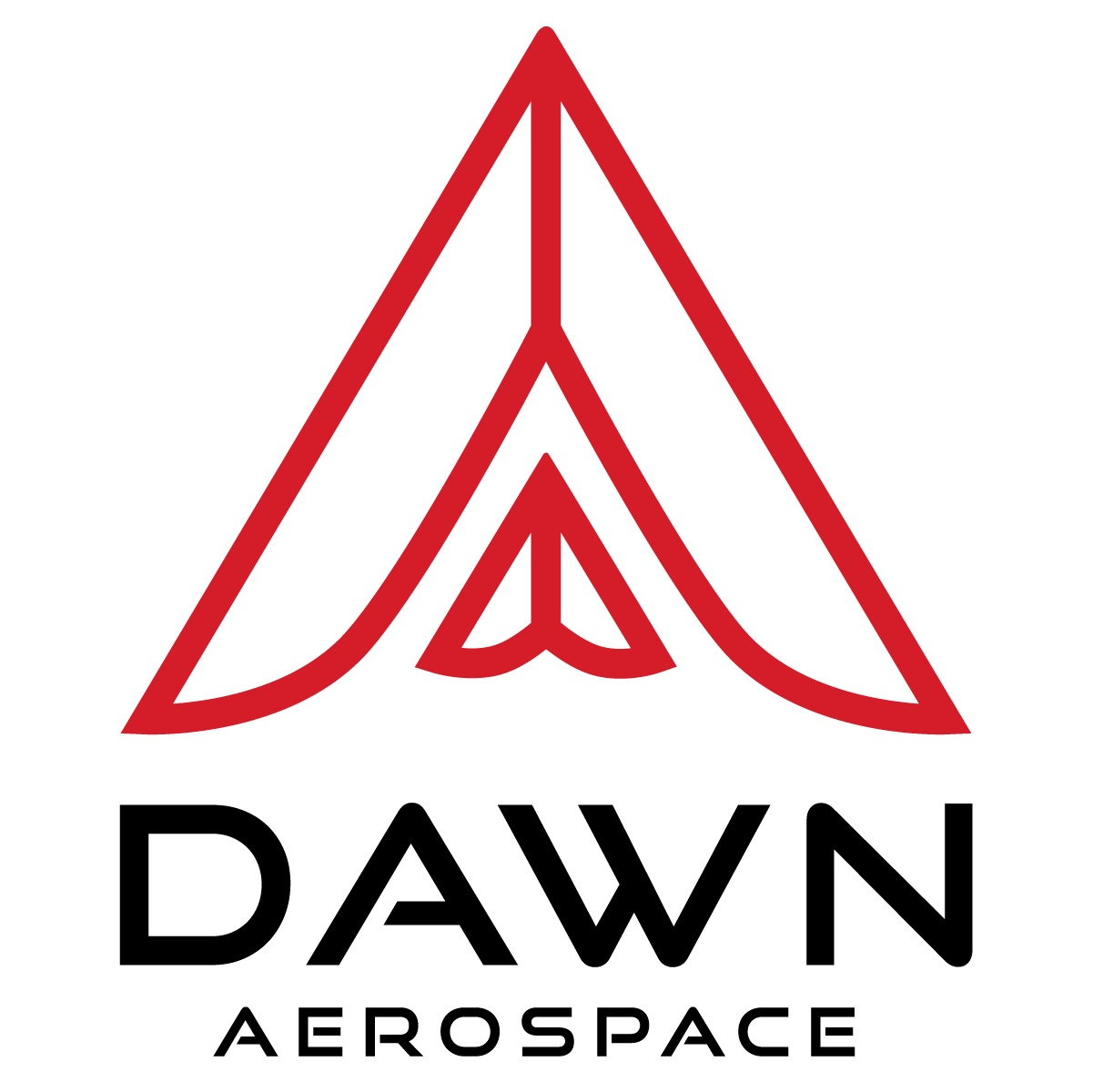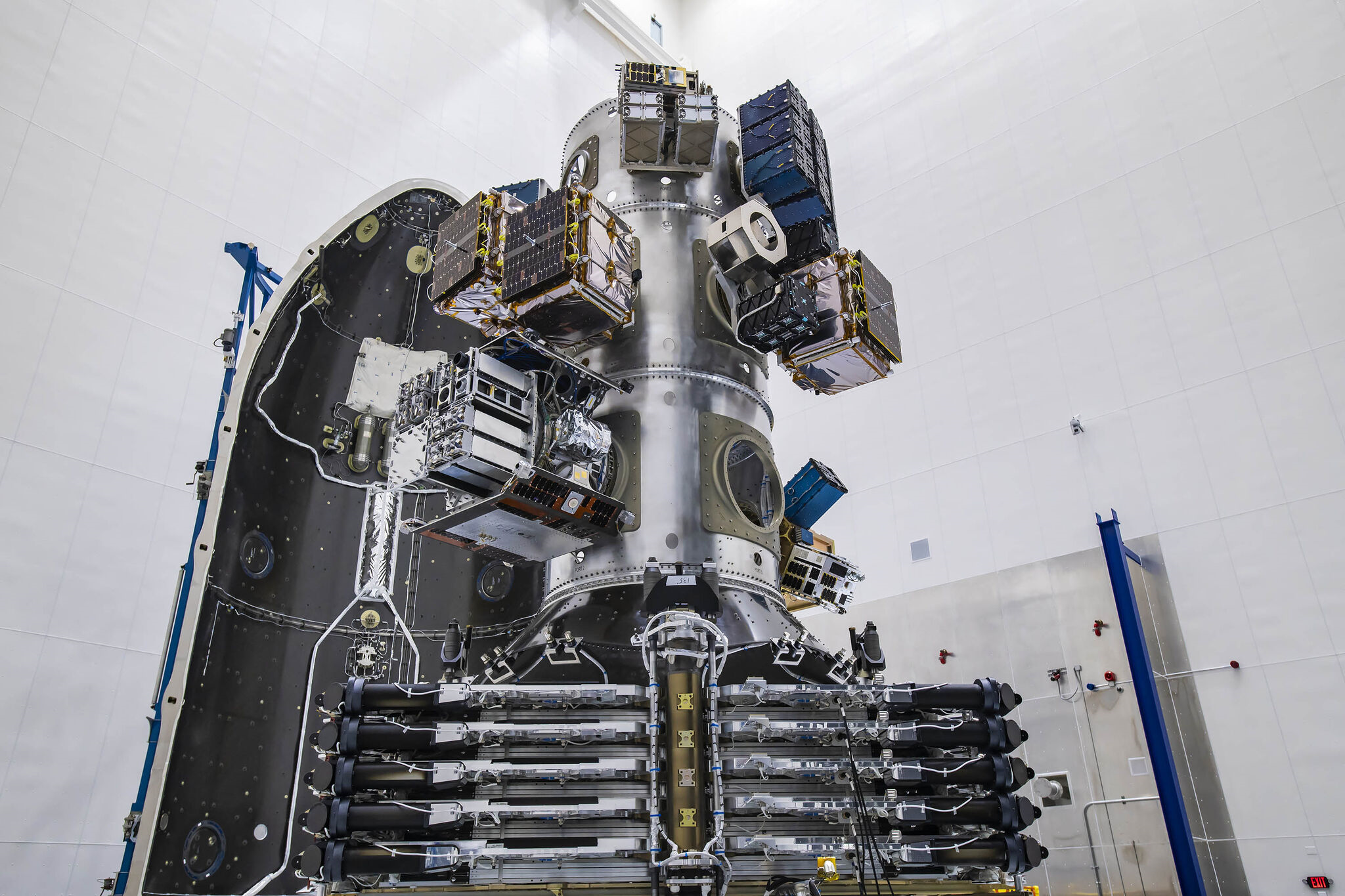Hiber Four Satellite in Space With Green CubeSat Propulsion Launched on SpaceX Rocket
IoT solutions provider Hiber have successfully launched their 3U CubeSat, Hiber Four, onboard SpaceX’s dedicated rideshare mission: Transporter-1. The satellite was equipped with a new-to-market green propulsion system from Dawn Aerospace and Hyperion Technologies.
“By utilising our high-performance green propulsion technology, Hiber Four is able to take advantage of the world’s most cost-effective launch whilst maintaining independence and operational flexibility”, said Stefan Powell, CTO of Dawn Aerospace. “Our system is the connector for using these low-cost launch options and still getting to your desired orbit, fast.”
To date, the majority of 3U CubeSats have been deployed without propulsion, making them difficult to control once in orbit. New Space operators have been choosing to forgo this vital piece of technology due to the lack of performance, high toxicity and the unreasonable costs of currently available systems.
Supported by the European Space Agency and Netherlands Space Office via the ARTES program, Hiber teamed up with Dawn and Hyperion to find a better solution. Using this new system, the Hiber Four will swiftly move from its deployed 500 km Sun-Synchronous Orbit (SSO) out to its final 600 km orbit. The manoeuvre is expected to be complete three months faster than electric alternatives.
Hiber is setting the standard for responsible satellite operations. Governments, space agencies and insurance companies are starting to revamp global policies as the public concern for space debris rises, and with thousands of new satellites heading to orbit, propulsion may soon be mandated. Once on orbit, the Hiber Four can easily avoid space debris, increase its lifetime by raising orbit, and when ready to decommission, Hiber can deorbit within days instead of months.
Powered by the green fuels of nitrous oxide and propene, this bi-propellant system delivers significantly higher efficiency than ADN, HAN, cold-gas and mono-propellant hydrazine-based alternatives. At just 0.7U in size, it's the first propulsion system of its type to be launched from US-soil to space.
“It is revolutionary to the CubeSat market”, said Maarten Engelen, CTO of Hiber. “There are alternatives out there, but nothing that suits a 3U CubeSat like this.”
Hiber Four is the first of two identical satellites Hiber plans to launch this quarter, with the next one launching on Soyuz. These satellites will join the Hiberband constellation to expand offerings to existing customers, particularly those from the oil & gas, transportation and agricultural industries.
“I’m proud to say we’ve debunked the myth,” said Powell. “CubeSat operators are not forced to use, low-performance systems to get on board these low-cost flights. We’ve shown that our high-performance chemical propulsion systems can fly on rideshare missions from the EU, Russia, and now the United States.”
Propellant loading of the Hiber Four was done in The Netherlands late last year, then shipped to SpaceX.
SpaceX’s Transporter-1 flight delivered 143 payloads from a range of companies, including Spire, Capella, NanoAvionics, Spaceflight, HawkEye, PlanetiQ, Astro Digital, D-Orbit and 10 Starlink satellites.
Watch the Transporter-1 mission, SpaceX's first dedicated SmallSat Rideshare program mission. The Falcon 9 rocket set a new global record for the most spacecraft launched at once.
Dawn Aerospace, seated in both the Netherlands and New Zealand, was recently named NZ Hi-Tech Startup of the Year. Hyperion Technologies was recently acquired by AAC Clyde Space, a major global player in the New Space industry. A partnership with Hiber, named AWS’ Commercial Start-Up Launch of the Year in 2018 and Dutch National Icon in 2019, shows a promising path forward for sustainability in the Aerospace industry.



